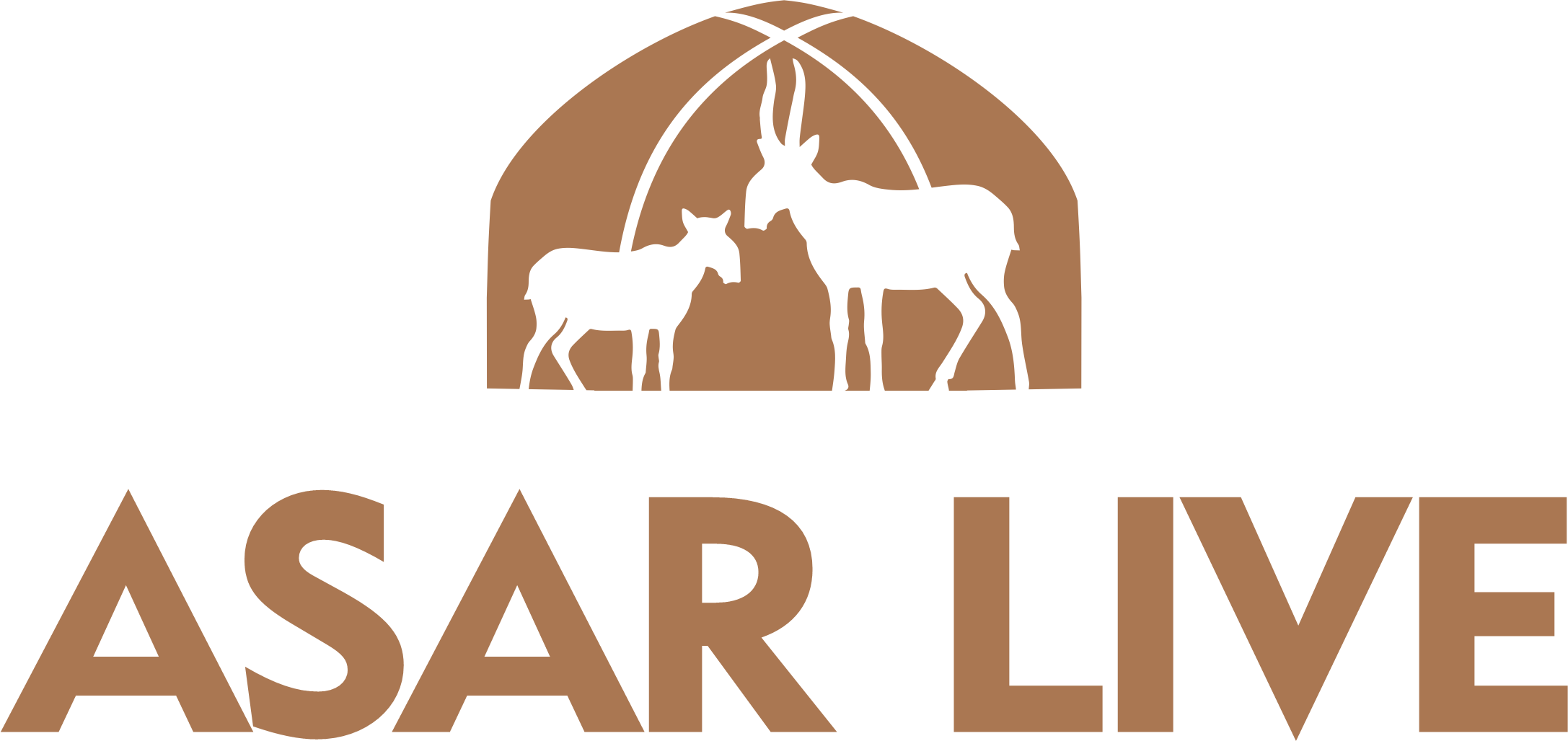Kazakhstan is a party to the Convention on the Conservation of Migratory Species of Wild Animals (CMS) and is actively implementing the CMS Memorandum of Understanding on the conservation, restoration and sustainable use of the steppe antelope, including the creation of measures aimed at strengthening anti-poaching patrols.
This artiodactyl animal is also studied at the international level. The International Union for Conservation of Nature (IUCN), the Food Agriculture Organization of the United Nations (FAO), the World Wildlife Fund (WWF), CITES (Convention on International Trade in Endangered Species of Wild Fauna and Flora) and other organizations are concerned about the situation with the saiga.
A CMS Memorandum on Saiga was developed, which was signed by its range states (Kazakhstan, Uzbekistan, Turkmenistan, Mongolia and Russia). Issues related to the conservation of the steppe antelope are constantly discussed at conferences, congresses, and working meetings on nature conservation.
As you know, saiga is included in Appendix II of the Convention on International Trade in Endangered Species of Wild Fauna and Flora (CITES), concluded in Washington in 1973.
The Appendix includes all species which, although not necessarily currently endangered, may become so unless the trade in specimens of such species is strictly regulated to prevent uses that are incompatible with their survival; and other species which must be regulated so that trade in specimens of certain species on the first list can be effectively controlled.
One of the important international projects in the field of nature conservation is the Frankfurt Zoological Society (FZS), created back in 1858 with its headquarters in Frankfurt am Main, Germany. The organization's activities are focused on maintaining biodiversity and conserving wildlife and ecosystems in protected areas and outstanding wilderness areas. FZS heads and supports about 30 projects in 18 countries, one of which is our state – Kazakhstan.
The international joint project aims to protect Kazakhstan's unique grasslands and their key species. The initiative aims to create a network of protected pastures in central Kazakhstan. Particular attention is paid to saigas in the Betpak-Dala population, since they play a key role in the ecosystems of steppes and semi-deserts. Local partners in the project are the Association for the Conservation of Biodiversity of Kazakhstan (ABC) and the Royal Society for the Protection of Birds (RSPB).
In 2006, there was created the Saiga Conservation Alliance which is a network of researchers and conservationists working to study and protect the critically endangered saiga-antelope. The Alliance has been awarded a Candidate Partner status by the Wildlife Conservation Network.
The Alliance is committed to restoring the saiga's position as a member of the Central Asian steppe, while recognizing the cultural and economic value of the species to local people, while not forgetting its fundamental role in the steppe ecosystem. The Alliance works in Kazakhstan, contributing to the conservation of the saiga range.
